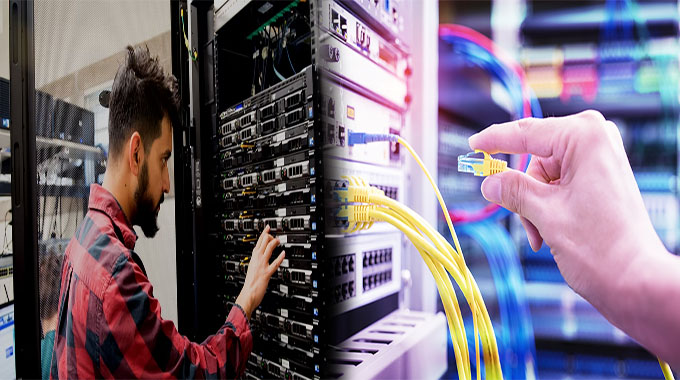How To Learn Computer Networking
If you want to learn about computer networking, there are a lot of resources available. This guide will help you get started by explaining what computer networking is, and how it works. We’ll also go into detail on the OSI model, Ethernet protocols, data link layer protocols, IPv4 vs IPv6, and more.
What is Computer Networking?
Computer networking is the process of connecting computers together. These connections can either be wired or wireless, depending on the type of network you’re setting up. Computer networks allow users to share information, access resources remotely and communicate with each other across great distances–they’re essential components in everything from businesses to homes.
The most common type of computer network is called local area networks (LANs). A LAN connects multiple computers within close geographic proximity–typically within an office building or campus–to share data over a single connection point (like Ethernet cables). Another popular option is …











